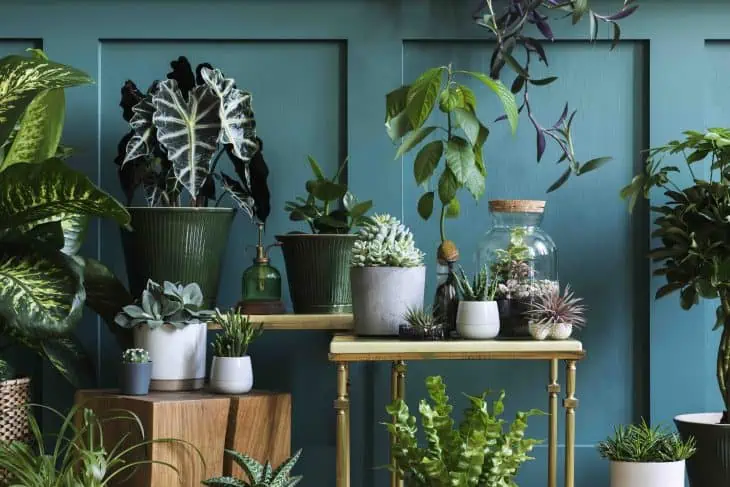
Between supplying our oxygen and filling our tables or medicine cabinets, it’s no doubt plants are important to us. These plant facts show how vital plants are to our survival, read on to find out!
Quick Facts
Essential Facts
Interesting Facts
- Trees have the longest lifespan of all organisms.
- Grass makes up 26% of plant life on earth.
- Banana “trees” are actually herbs.
- Around 120 plant species are hallucinogenic.
- The different colors of roses have their own special symbolism.
- The Amazon rainforest supplies 50% of the world’s oxygen.
- Algae are found underwater and they produce the majority of the oxygen for the marine animals.
- Daisies come in all colors, except blue.
- Transpiration is the process where plants take water from the ground through their roots and release them back into the atmosphere.
- 65% to 80% of the global population use plant-based medicine as their primary form of healthcare.
- Orchid flowers are symmetrical. They can be divided into two equal-looking parts.
- The aloe vera is a versatile plant. It is grown for medicinal, agricultural and decorative purposes.
- Spices come from other parts such as seeds, berries, stems, barks, roots or bulbs.
- Wood from the mahogany tree is popular due to its fine texture and beautiful color. Its wood is usually used to make musical instruments and furniture.
- Maple syrup is primarily made from three species of maple trees; the sugar maple, the black maple, and the red maple.
- Daisies and sunflowers are actually cousins! This probably explains why they look alike.
- The Four Gentlemen in China, also known as Four Noble Ones, refers to the plum, the orchid, the bamboo, and the chrysanthemum.
- Japan’s national flower is the cherry blossom, or more commonly known as sakura. The peak of the cherry blossoms is usually around April.
- Fir trees are natural Christmas trees. They are evergreen and they can live for more than 500 years.
- Baby’s breath are grown locally all around the world; Australia, Asia, Africa, Europe, and the Pacific.
Table of Contents
Was this page helpful?
Our commitment to delivering trustworthy and engaging content is at the heart of what we do. Each fact on our site is contributed by real users like you, bringing a wealth of diverse insights and information. To ensure the highest standards of accuracy and reliability, our dedicated editors meticulously review each submission. This process guarantees that the facts we share are not only fascinating but also credible. Trust in our commitment to quality and authenticity as you explore and learn with us.
